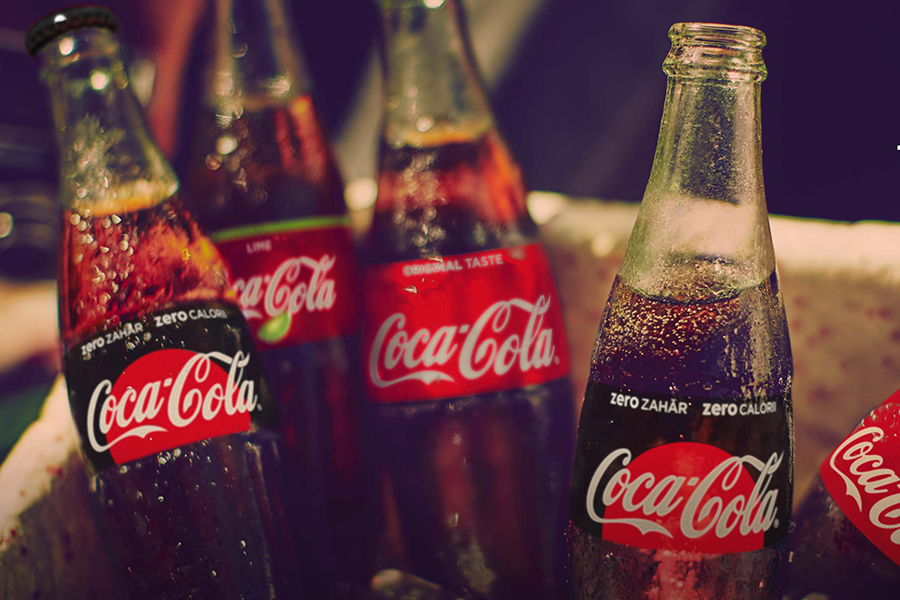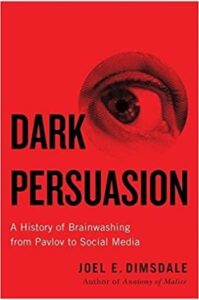For my research topic I want to dive in the world of persuasive techniques used by video productions and commercial use. Because we are pushed in directions of buying products and form an opinion about brands thinking we made up our own discussions but with persuasive techniques the industry tricked us in believing their product is the best and we need to buy that.

So let Coca cola think their product is the best drink in the world even though the drink is really bad for you because of all the sugars but still a lot of people (even me) buys it.

But persuasive techniques are not something new. The evolution of brainwashing is found in the beginnings in torture and religious conversion. And with science nowadays neuroscience is adapted in media. The book ‘Dark Persuasion” explains the gripping traces of these evaluations.
Companies use several elements within their advertising to improve the reception by the audience. At one time there was subliminal advertising in movies that showed the product in only one frame, invisible to the naked eye but noticed by the brain. This was outlawed. Here are some of the strategies used by advertisers today.
- Repetition. Advertisers seek a certain level of frequency in ad placements to drive home their message, some to the point of irritation.
- Sounds. Music, songs, and sounds to build pleasant positive associations with the product.
- Colors. Used in an effort to both identify the company (with the same color used in all communications) and possibly specific to the product, and again, to create pleasant associations with the product.
- Emotions within the ad. Emotions are also very important in decision-making. They are used to create very positive, sympathetic, or angry (political ads) emotions. This is designed to help the audience associate with, remember, and take action to purchase the product.
- Inserts. Product placement in shows and movies. A subliminal signal promoting the product that might not be noticed by the audience. This was very popular in the 1980s and 90s.
Sources:
- What are some “brainwash” tactics that companies use and we don’t notice that makes us more vulnerable into buying their products? (z.d.). Quora. https://www.quora.com/What-are-some-brainwash-tactics-that-companies-use-and-we-dont-notice-that-makes-us-more-vulnerable-into-buying-their-products
- Dimsdale, J. E. (2021). Dark Persuasion: A History of Brainwashing from Pavlov to Social Media. Amsterdam University Press.
- Magloff, L. (2019, 1 februari). Repetition as an Advertisement Technique. Small Business – Chron.com. https://smallbusiness.chron.com/repetition-advertisement-technique-24437.html
- Mindvalley. (2020, 11 maart). How Coca Cola Lies to the World [Video]. YouTube. https://www.youtube.com/watch?v=6onQFdenV28
- Blake, I. A. (2017, 21 november). Brainwashing-Style Techniques in Advertising. Your Business. https://yourbusiness.azcentral.com/brainwashing-techniques-advertising-8941.html
- Ferdman, R. A. (2019, May 13). How Coca-Cola has tricked you into drinking so much of it. Chicago Tribune. https://www.chicagotribune.com/news/ct-coca-cola-soda-politics-20151005-story.html